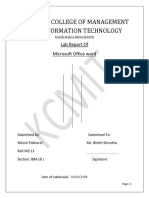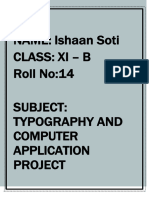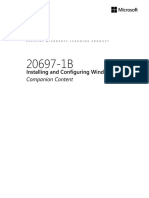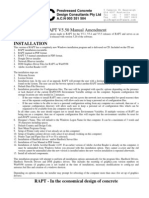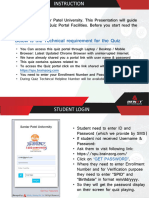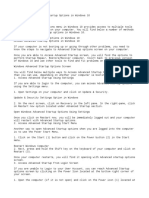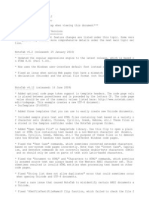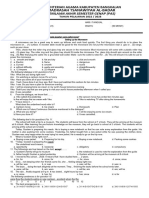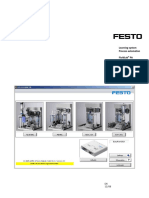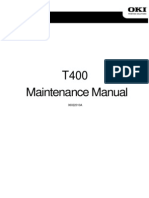0% found this document useful (0 votes)
25 views21 pagesComputer Application
The document provides a comprehensive guide on creating, editing, and handling data in Microsoft Word and Excel. It includes step-by-step instructions for document creation, formatting, and collaboration in Word, as well as data entry, organization, analysis, and manipulation in Excel. The guide emphasizes the use of various tools and features to enhance productivity and efficiency in both applications.
Uploaded by
sv4501171Copyright
© © All Rights Reserved
We take content rights seriously. If you suspect this is your content, claim it here.
Available Formats
Download as PDF, TXT or read online on Scribd
0% found this document useful (0 votes)
25 views21 pagesComputer Application
The document provides a comprehensive guide on creating, editing, and handling data in Microsoft Word and Excel. It includes step-by-step instructions for document creation, formatting, and collaboration in Word, as well as data entry, organization, analysis, and manipulation in Excel. The guide emphasizes the use of various tools and features to enhance productivity and efficiency in both applications.
Uploaded by
sv4501171Copyright
© © All Rights Reserved
We take content rights seriously. If you suspect this is your content, claim it here.
Available Formats
Download as PDF, TXT or read online on Scribd
/ 21











































